With their light e-motor, TQ want to provide the most natural MTB feeling with e-support. We have extensively tested the unobtrusive light support concept in several bikes. What do you get with the HPR 50 and what riding experience can you expect on the trails? Read on to find out.

The new TQ HPR 50 motor and new 360 Wh TQ HPR battery
The TQ HPR 50 motor is a motor specially developed for light e-MTBs and e-bikes with a minimal assist concept. It was the result of a close collaboration between TQ and Trek and was therefore initially used exclusively in the Trek Fuel EXe when it was launched on the market. It employs – like its big HPR120S sibling – TQ’s proprietary harmonic pin-ring transmission.
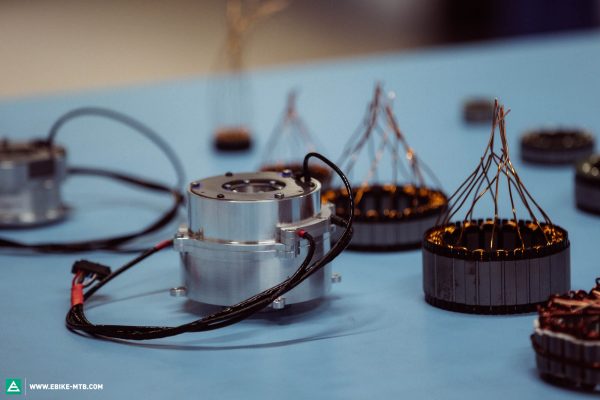
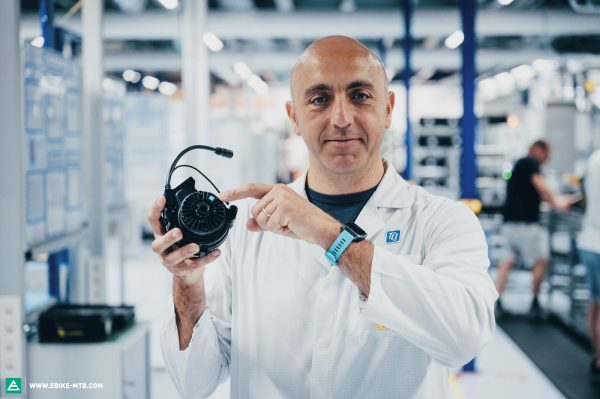
This has a 1:17 gear ratio, which is relatively low for an ebike motor. In a nutshell, when pedalling at an 80 rpm cadence, the motor performs approximately 1,400 revolutions per minute, which is partly responsible for the drive’s low noise level. The motor has a maximum torque of 50 Nm and maximum nominal output of 300 watts. Motor assistance can be adjusted in three support levels, ECO, MID and HIGH, whereby the weakest ECO mode delivers a maximum of 99 watts and the MID mode generates up to 180 watts. When the charging level drops below approx. 10%, the system still delivers up to a maximum of 150 watts to get you home. The motor itself has a total weight of 1,850 grams and is used in light e-MTBs such as the Trek Fuel EXe 9.9 XX1 AXS 2023 and the SIMPLON Rapcon Pmax TQ 2023. For comparison’s sake, the new FAZUA Ride 60 drive tips the scales at 1,960 grams while the Shimano EP8 motor of the Orbea Rise comes up to a hefty 2,570 grams.
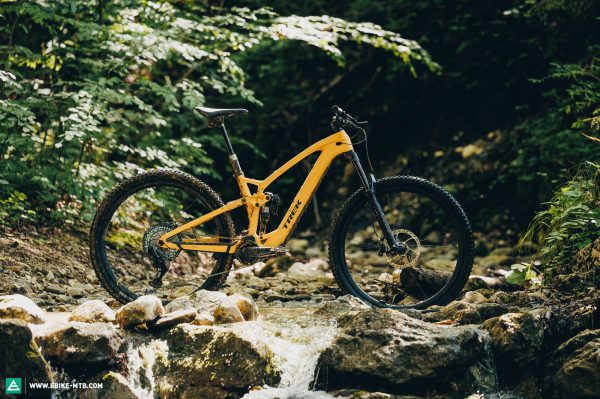
18.9 kg in Size L | € 14,999 | Manufacturer’s website

19.5 kg in Size XL | € 12,999 | Manufacturer’s website
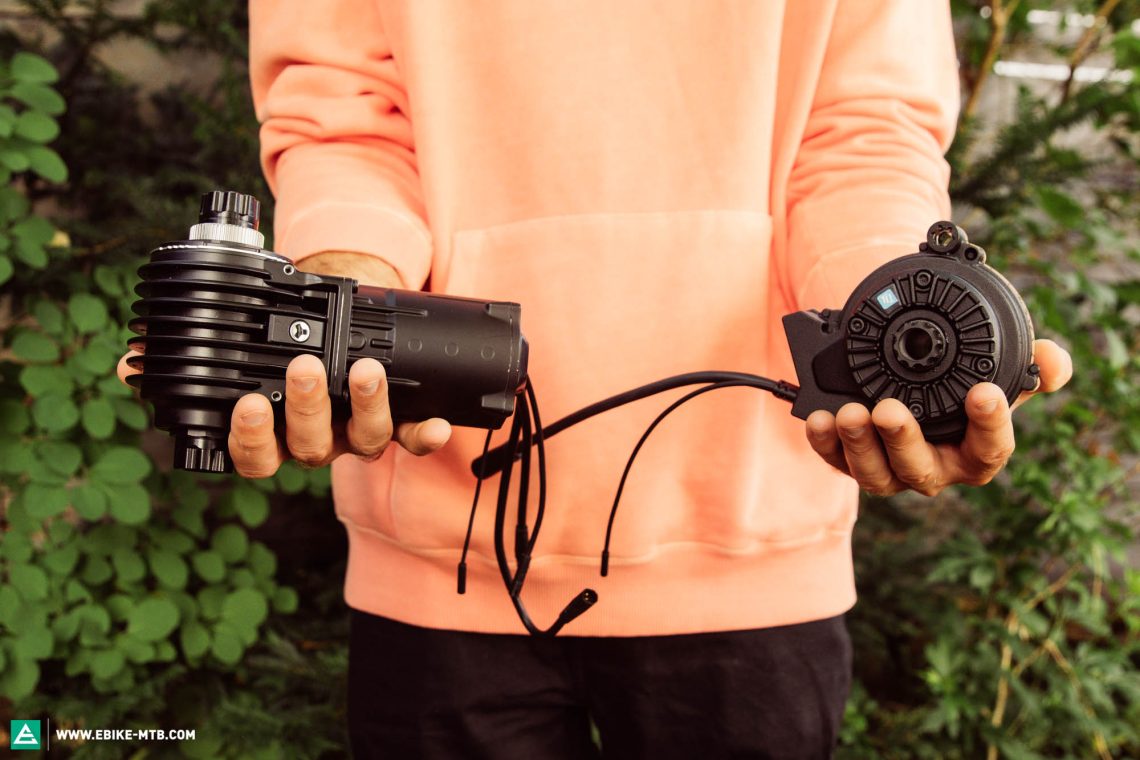
You can read how the new engine from TQ compares to its competitor from FAZUA in our direct comparison test of the FAZUA Ride 60 and TQ HPR 50.
New TQ HPR 50 hard facts
- Torque: 50 Nm
- Max. nominal output: 300W
- Motor weight: 1,849 g
- Battery capacity: 360 Wh
- Battery measurement (L x H x W in mm): 370 x 64 x 50 (470mm lenght with handle)
- Battery weight: 1,806 g (removable)
- Display: detailed riding information shown on a 2″ black and white display integrated into the top tube
- Overall weight: 3,655 g
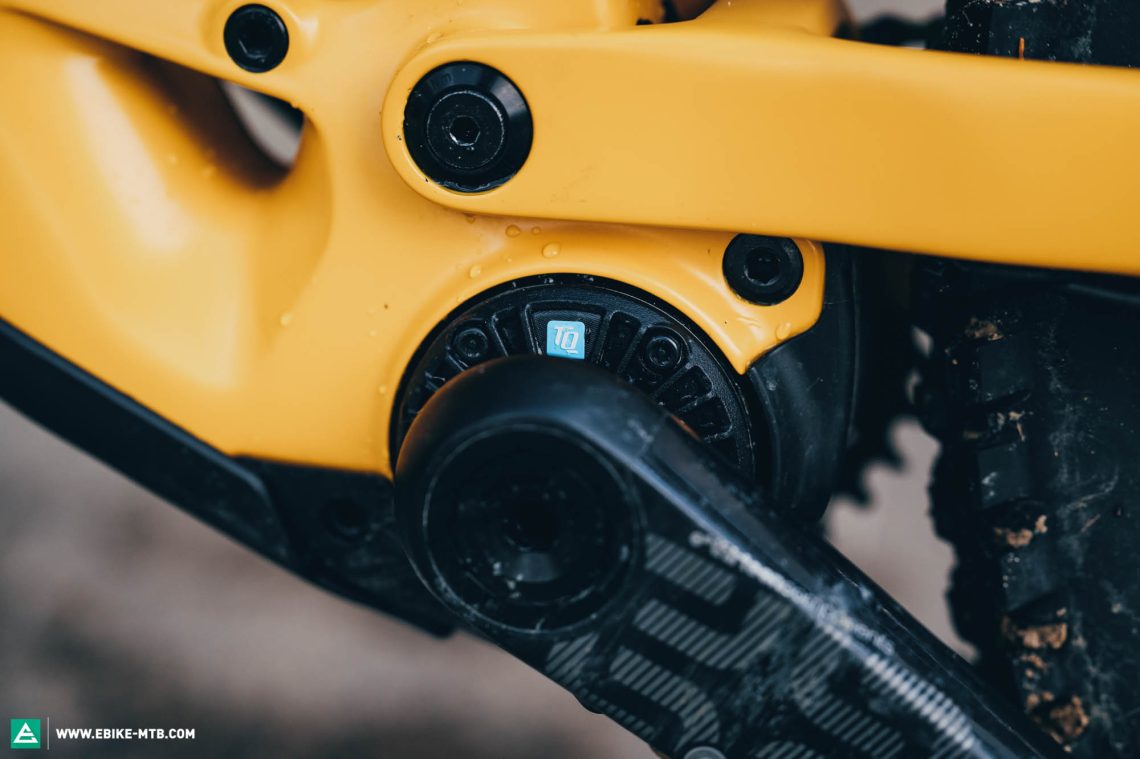
The motor draws its power from a 360 Wh battery developed in-house by TQ, also used in the Trek Fuel EXe. This is secured to the frame by two bolts and can be easily removed from the down tube once the bolts are undone. TQ also offer a fixed battery version. Moreover, Trek will soon release an optional 160 Wh range extender that fits into the Fuel EXe’s bottle cage. When connecting the extender to the charge port in the down tube, the motor first draws its power from the range extender and only starts feeding off the main battery in the down tube once the extender is drained. According to Trek, the range extender doesn’t induce derating (output power decrease), allowing you to use the maximum 300 watts nominal output even with the range extender.
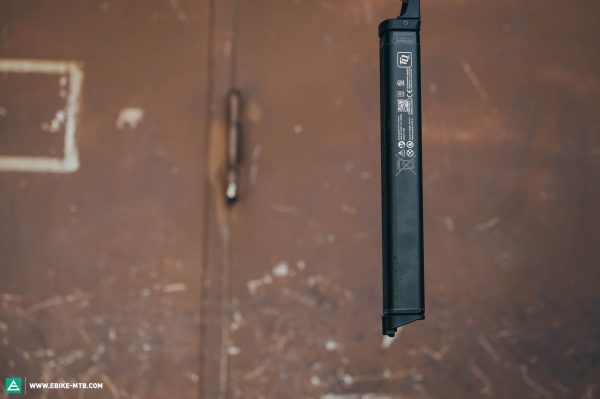
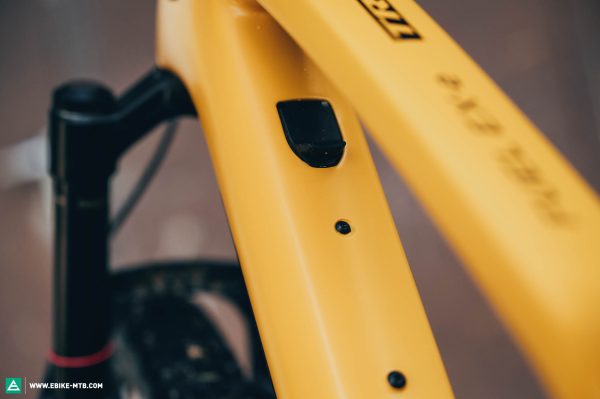
Both the main battery and the range extender on the Trek Fuel EXe can be charged on and off the bike using TQ’s proprietary charger – both at once! Since the range extender can be connected straight to the main battery, the process doesn’t require a Y cable. When charging, the sequence is inverted and the main battery gets priority over the range extender. Charging time for the first 80% is around 90 minutes while the remaining 20% takes between 2 and 3 hours – the slower charging is meant to protect the battery. When charging the battery on the bike, you just connect the cable to the main charge port, which is protected by a plastic cover and is the same you use to connect the range extender. When charging both batteries at once directly on the bike, you can connect the charger cable straight to the range extender.
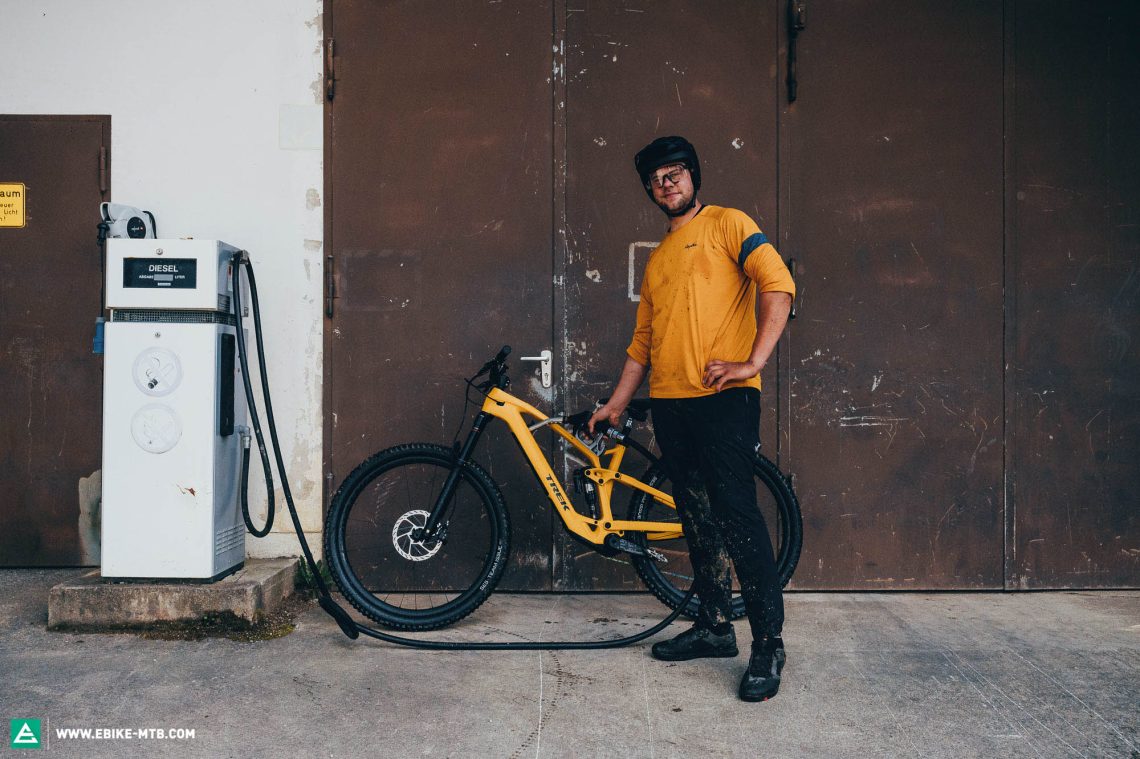
The TQ battery charges up to 80% in just 90 minutes, while a full charge takes between 2 and 3 hours.
The display and remote of the new TQ HPR 50 drive system
With the new Fuel EXe, Trek integrated TQ’s black and white display directly into the top tube. A small button below the 2″ display serves as the main power switch and at the same time lets you scroll between different display views. The arrangement of the data fields and what you see in detail on the display can differ slightly from bike to bike. In the case of the Trek Fuel EXe, four different display options are available, whereby the battery charge level is always displayed in 10% bars, along with the selected support level.

The battery charge status and current support level are displayed at the top and bottom of the display, respectively. Both parameters appear in all four display views.
The following display options are available:
- Real time speed and average speed
- Battery charge status in 1% increments and remaining riding time in the respective support mode
- Remaining distance in km and riding time in the respective support mode
- Rider and motor performance in watts
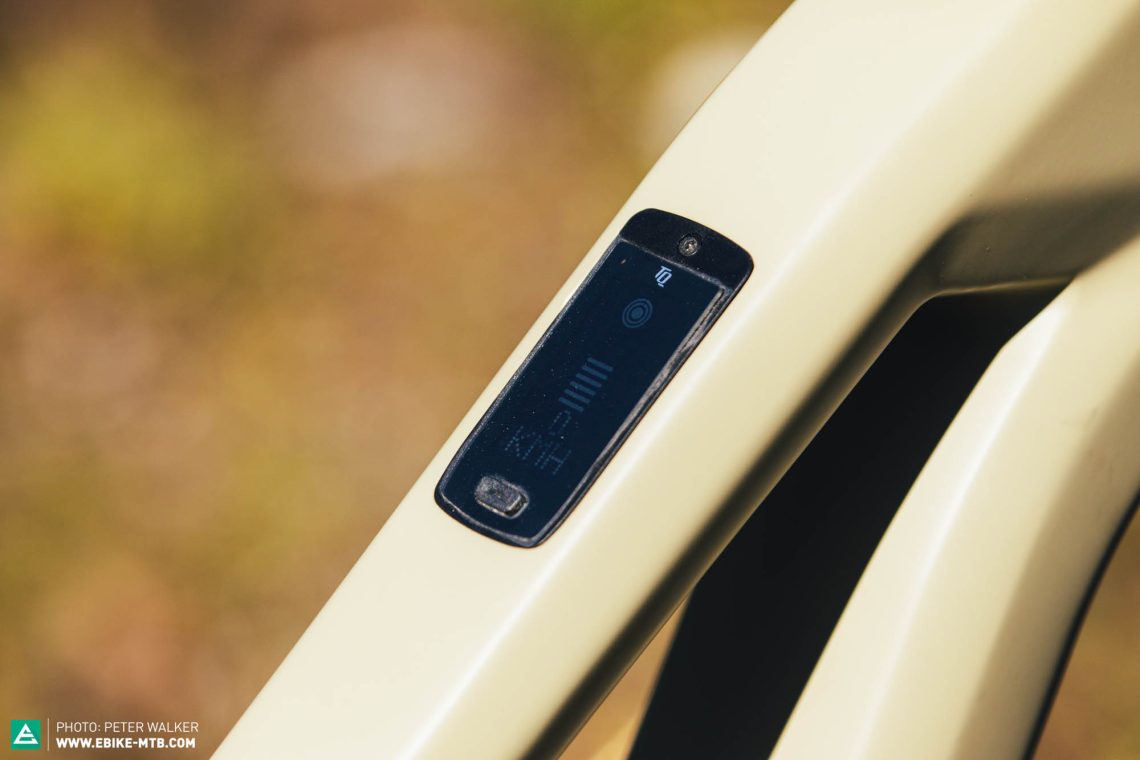
You can switch between the three support levels of the drive system from TQ’s proprietary and very discreet handlebar remote, which is connected to the system via a data cable. Moreover, the remote allows you to activate the so-called Walk mode and switch off motor assistance altogether. Unfortunately, the remote is made of thin plastic and thus particularly prone to damage.
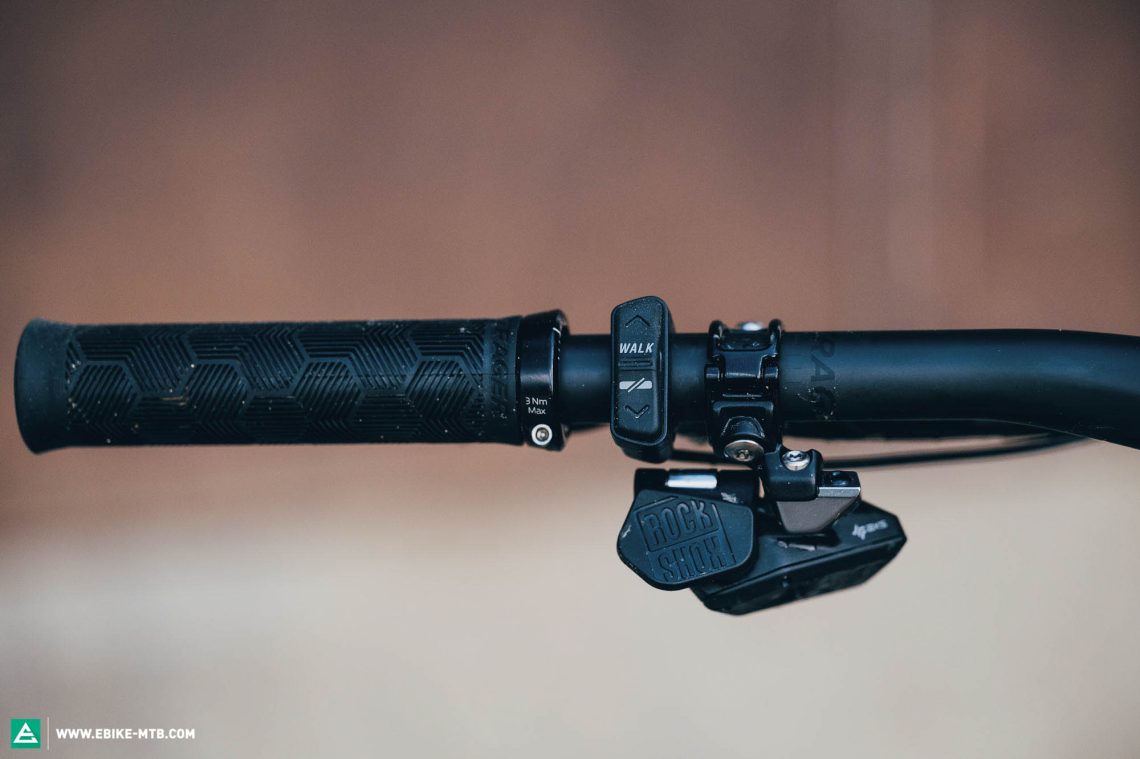
The basic remote allows you to switch between support levels, activate Walk mode and switch off the motor altogether. That’s all the Trek Fuel EXe needs!
The companion app of the new Trek Fuel EXe and the TQ HPR 50 drive system
The TQ drive system can be paired with a smartphone or bike computer via Bluetooth and ANT+. To connect the TQ motor to your phone, you’ll have to download TQ’s new app, which allows you to adapt the power, support level and pedal sensitivity of each individual support mode. Trek also offers an in-house Trek Central app specifically for the Fuel EXe, which provides an overview of the range that is still available at the respective level. The “Range Cloud” in the Trek Central app displays a radius on a map that shows how far you’ll get with the remaining range.
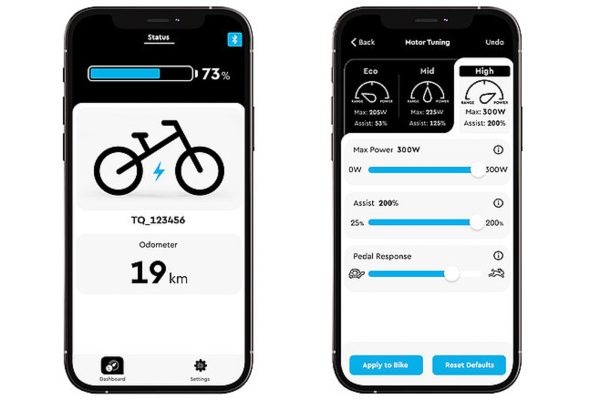
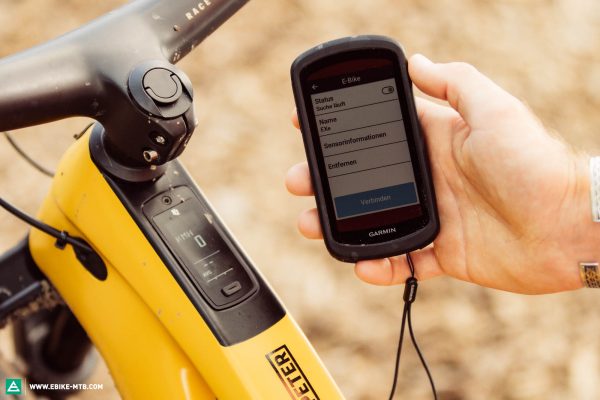
The motor can be connected to all conventional bike computers via ANT+
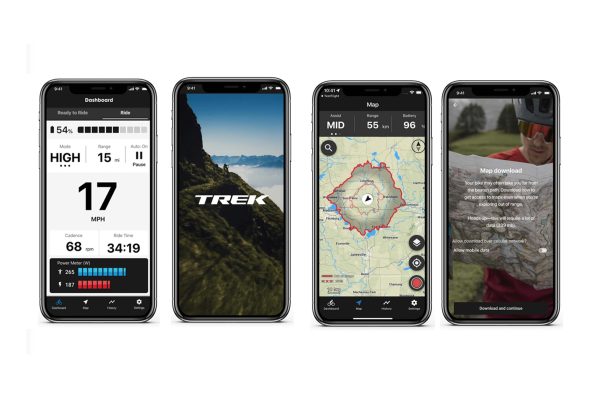
Via the Trek Central app, you can adjust the motor settings to suit your needs and preferences, and access useful information about your route, setup and battery charge status.
How did the TQ HPR 50 motor fare in our test?
With the new HPR 50 drive system, TQ’s development team wanted to achieve the most natural riding behaviour possible, thus enabling a ride feeling similar to that of an analogue mountain bike – and they really hit the nail on the head! In fact, the new HPR 50 motor conveys the most natural ride feeling we’ve ever experienced with an electric motor. Even under full load, the TQ HPR 50 emits a faint, pleasant whirring sound that is quickly drowned out by surrounding ambient noises. The motor engages and disengages almost unnoticed, making you feel extremely fit but still requires you to work hard on steep climbs. The TQ HPR 50 is relatively weak compared to most electric motors and has a relatively low torque of 50 Nm, thus requiring you to put in some work yourself. Moreover, the motor provides more support at high pedalling cadences. As a result, it’s less forgiving of wrong gear choices, making it hard to negotiate steep climbs in higher gears, even when riding in the most powerful HIGH mode.

When riding in ECO mode, your Light-e-MTB moves at the same pace as a lightweight XC bike and doesn’t feel like a 19 kg trail bike. MID mode takes it up a notch, providing a cheeky gravel/Nino Schurter boost and allowing you to steam past your analogue friends with a smug grin on your face. And what happens when you drain the battery? In that case, the relatively low system weight and minimal motor resistance make it easy to pedal back home without too much effort.

Our conclusions about the TQ HPR 50
If you’re looking for a natural mountain bike feeling rather than the typical eMTB kick, the new TQ HPR 50 motor system is a great way to get fitter! In a nutshell, the TQ system takes the edge off nasty climbs and alleviates the suffering compared to motorless MTBs, but still gives you a good workout, so you can have one or two isotonic drinks without feeling guilty.
For more information, visit tq-ebike.com.

Did you enjoy this article? If so, we would be stoked if you decide to support us with a monthly contribution. By becoming a supporter of E-MOUNTAINBIKE, you will help secure a sustainable future for high-quality cycling journalism. Click here to learn more.
Words: Peter Walker, Gabriel Knapp Photos: Diverse








